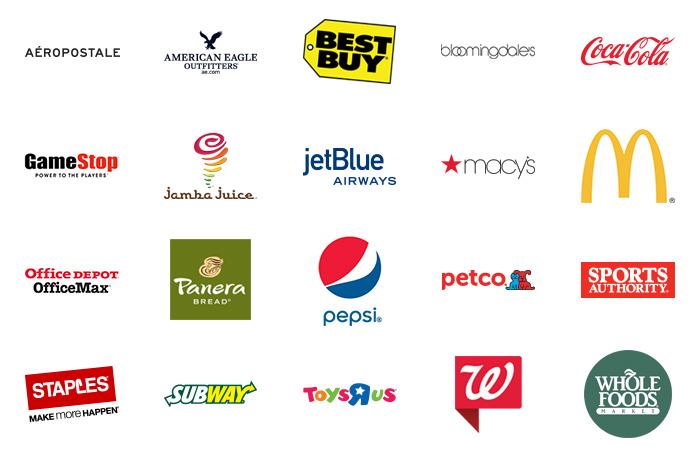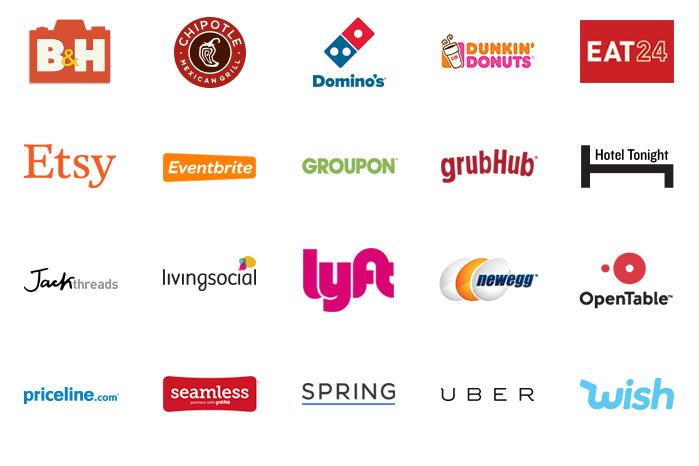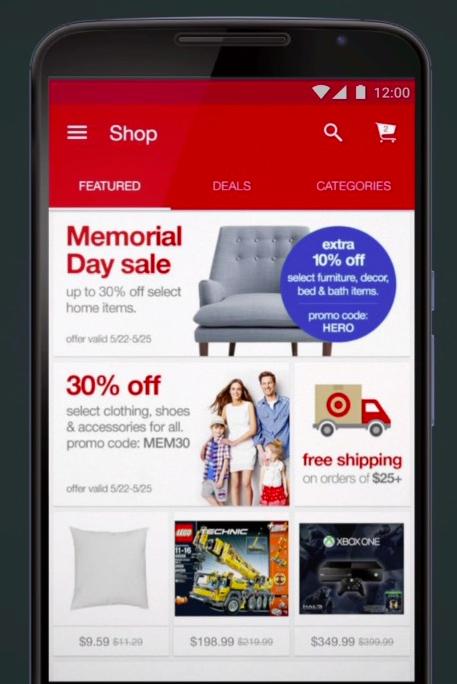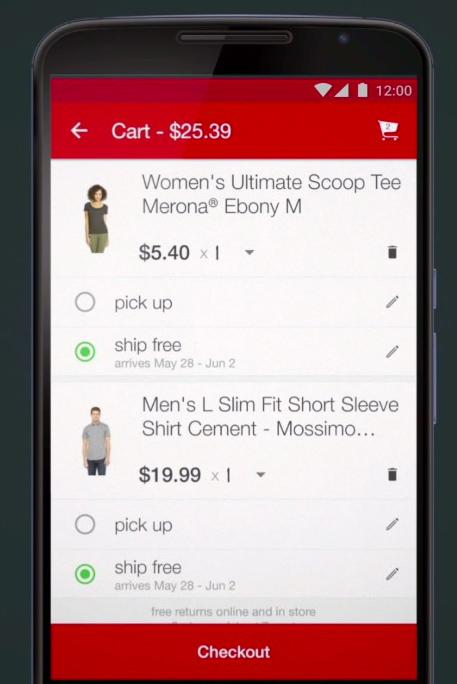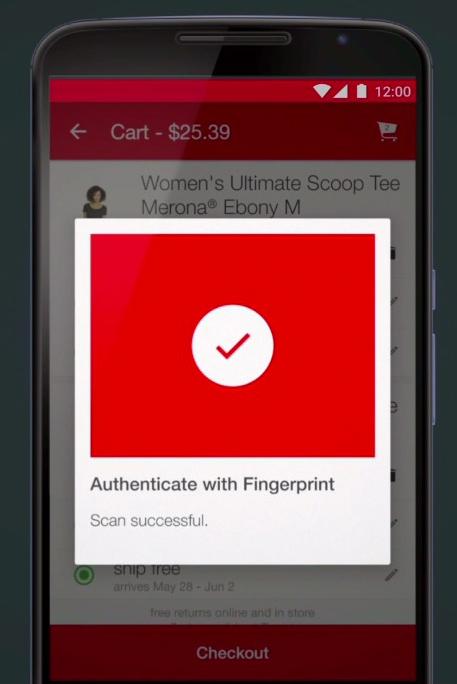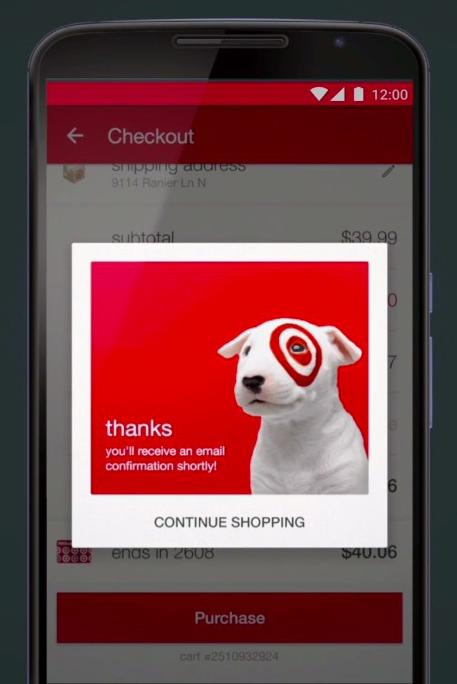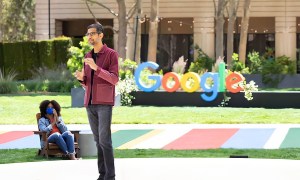
Google started the mobile payments movement with a bang back in 2011 with Google Wallet. Although the NFC-based tap-to-pay system never reached widespread adoption, it was well loved by the Android faithful. Then, Apple Pay came along and made mobile payments and NFC mainstream with brand partnerships and solid marketing. Now, Google is starting over with Android Pay.
Android Pay is more than a rebranding of Google Wallet — It also adds many new brand and credit card provider partnerships and institutes fingerprint verification technology as the standard for Android phones that use the system. Android Pay will work on all phone running KitKat and up, including the upcoming Android M, which was previewed at Google I/O 2015.
Just like any other NFC payment system, Android Pay requires users to add credit cards to the app on their phones, so that they can make payments on the go without their wallets in hand. Most major credit cards are supported, including those from Visa, Discover, MasterCard, and Amex. Once your card is added, you’ll be able to purchase goods in stores, online, from the Play Store, and even through Gmail. All you have to do is verify the payment with either your fingerprint or a PIN.
- 1. Android Pay in stores
- 2. Android Pay in apps
If you’re buying in-store, you tap your phone against the terminal, Android Pay pops up, and you verify the payment. It’s the same process Google Wallet users went through, but the app appears much more slick, with an interface that’s reminiscent of Apple Pay. The payment will be secure, and your card number will never be revealed to the retailer, thanks to tokenization, which creates a random number to mask your credit card info. That way, hackers can’t steal your payment information. YOu can also remotely lock and shut down Android Pay with the Android Device manager if your phone is stolen.
Android Pay will work in 700,000 stores — including McDonald’s, Best Buy, Aeropostale, Macy’s, Whole Foods, and even a few Coke vending machines — as well as in 1,000 apps at launch. To put things in perspective, Apple announced that its service works in 700,000 stores as of earlier this spring. Both companies say they will add many more retailers as time goes on.
The addition of in-app and online payments to Android Pay is much more interesting, and opens the system up to those who like to shop at virtual storefronts, instead of brick and mortar shops. Google has partnerships with many big brands, including Dunkin’ Donuts, Eat24, Etsy, Expedia, Orbitz, Lift, and many more. With Android Pay, Google aims to make shopping on your smartphone much easier than ever before. It partnered with payments processors including Braintree, CyberSource, First Data, Stripe, and Vantiv.
AT&T, T-Mobile, Sprint, and Verizon will preinstall Android Pay on any Android phone that has both NFC and Android 4.4 KitKat or above onboard. Google has yet to announce a launch date for Android Pay, other tan to say it will be available soon.
